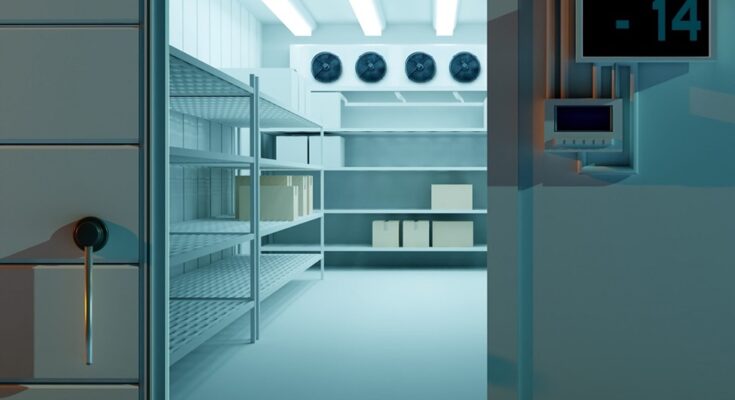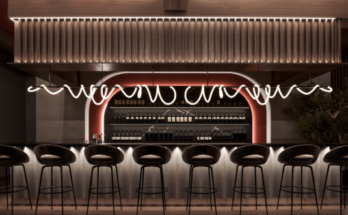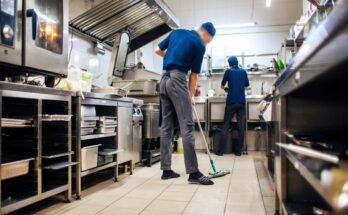In the culinary world, maintaining food safety and quality is paramount. Whether you’re running a bustling restaurant or a small café, one of the key factors that can make or break your establishment is the way you handle food. Cold rooms are indispensable tools in achieving food safety and quality standards in the restaurant industry.
In this article, we’ll explore the importance of deploying cold rooms in restaurants and how they contribute to ensuring that food safety always comes first.
1. Temperature Control and Consistency
The first and most critical aspect of food safety in a restaurant is temperature control. Ensuring that food items are stored at the right temperature is vital to prevent the growth of harmful bacteria that can lead to foodborne illnesses. Cold rooms provide a controlled environment where you can set and maintain the ideal temperatures for various food items. Whether it’s storing fresh vegetables, meat, dairy products, or even prepared dishes, cold rooms allow you to keep them at the perfect temperature, ensuring their safety and quality.
2. Increased Storage Capacity
Restaurants deal with large quantities of food items on a daily basis. A standard kitchen refrigerator may not have enough space to store all the ingredients and prepared dishes required for a busy service. This is where custom cold storage rooms shine. They offer a significantly customized storage capacity, allowing you to store food in bulk without compromising on temperature control. This not only reduces the risk of cross-contamination but also minimizes food wastage, as you can buy and store ingredients in larger quantities, which is often more cost-effective.
3. Enhanced Organization
Proper organization is another crucial element of food safety and quality maintenance in restaurants. Cold rooms are designed to help you organize your inventory efficiently. With designated shelves, racks, and compartments, you can easily separate raw foods from cooked ones, prevent cross-contamination, and maintain the “first in, first out” principle. This organization minimizes the chances of using expired or spoiled ingredients, ensuring that your dishes are always made with fresh and safe components.
4. Minimized Exposure to Temperature Fluctuations
Frequent opening and closing of standard refrigerators and freezers in a busy kitchen can lead to temperature fluctuations, which can compromise food safety. Cold rooms, on the other hand, are equipped with large, durable doors and cooling systems that can handle constant access. This minimizes temperature fluctuations, ensuring that your food remains consistently safe for consumption.
5. Regulatory Compliance
The restaurant industry is highly regulated when it comes to food safety standards. Health inspectors and regulatory authorities closely monitor food establishments to ensure they meet these standards. Integrated cold chain supplier designed their cold storage rooms to comply with these regulations, and their use demonstrates a commitment to food safety. Having a cold room in your restaurant can help you pass inspections with flying colors and build a reputation for maintaining the highest standards of food safety and quality.
In Conclusion
These cold storage rooms are not just a convenience but an essential tool for any restaurant looking to succeed in the competitive culinary world. So, remember, food safety first, and cold rooms can help you achieve that goal.




